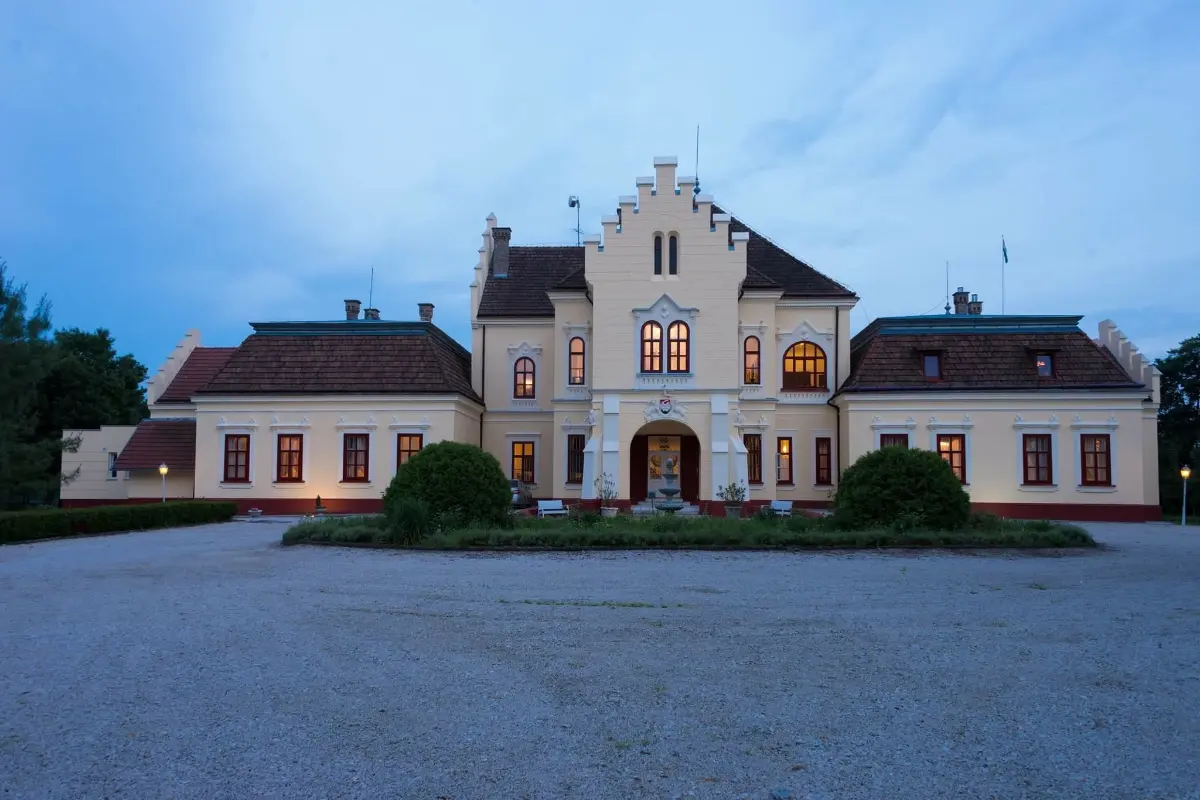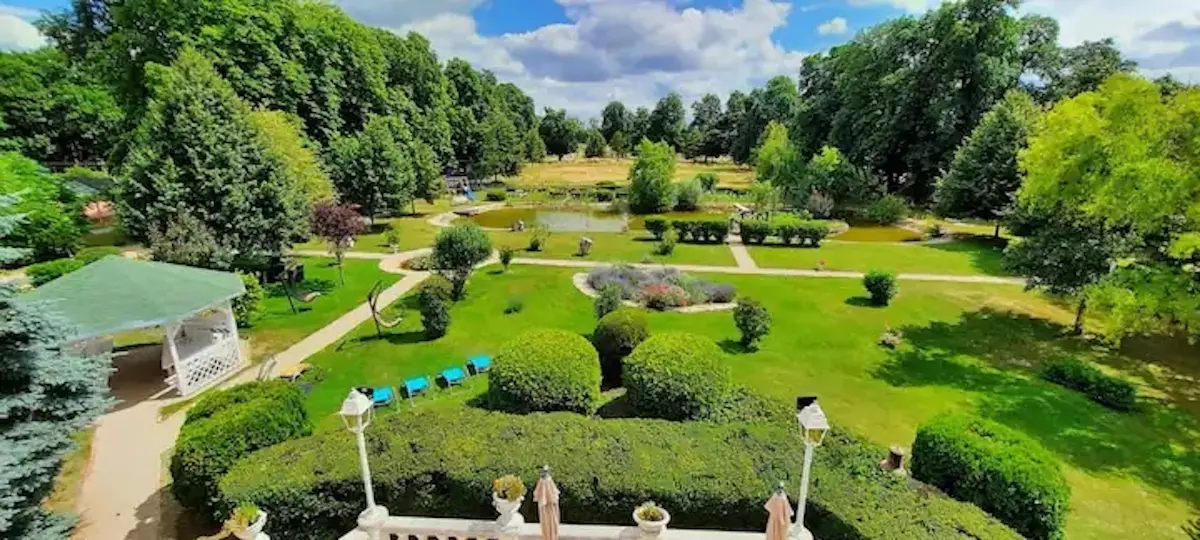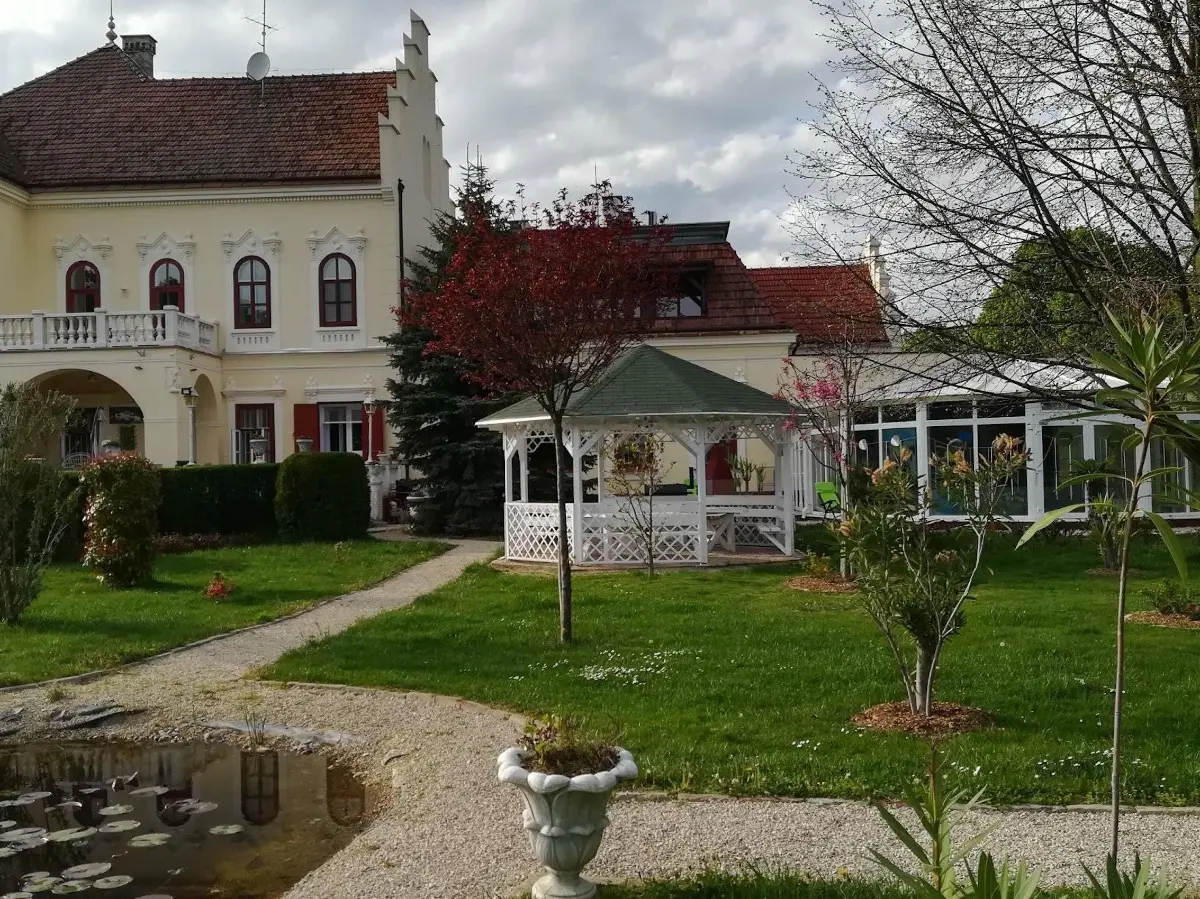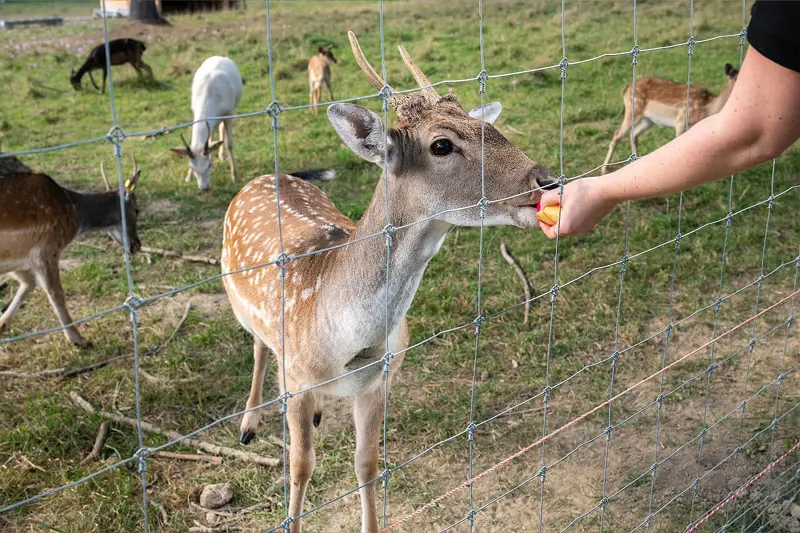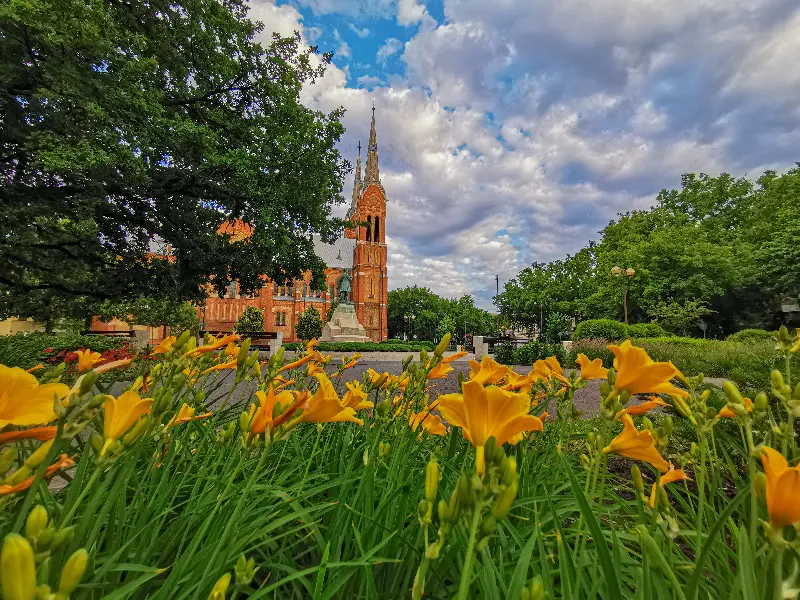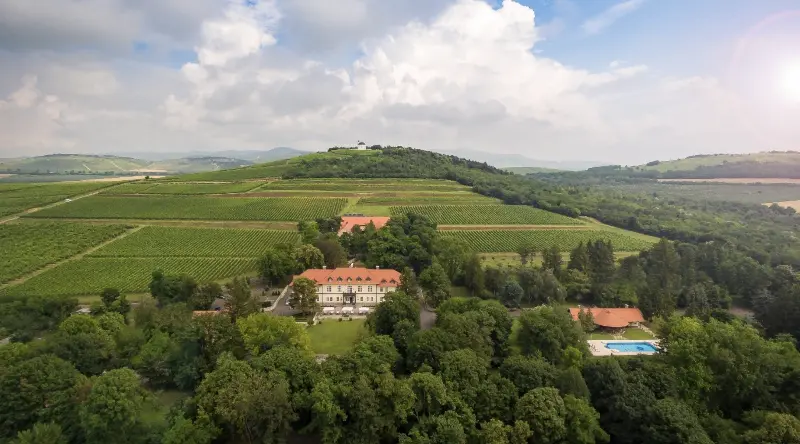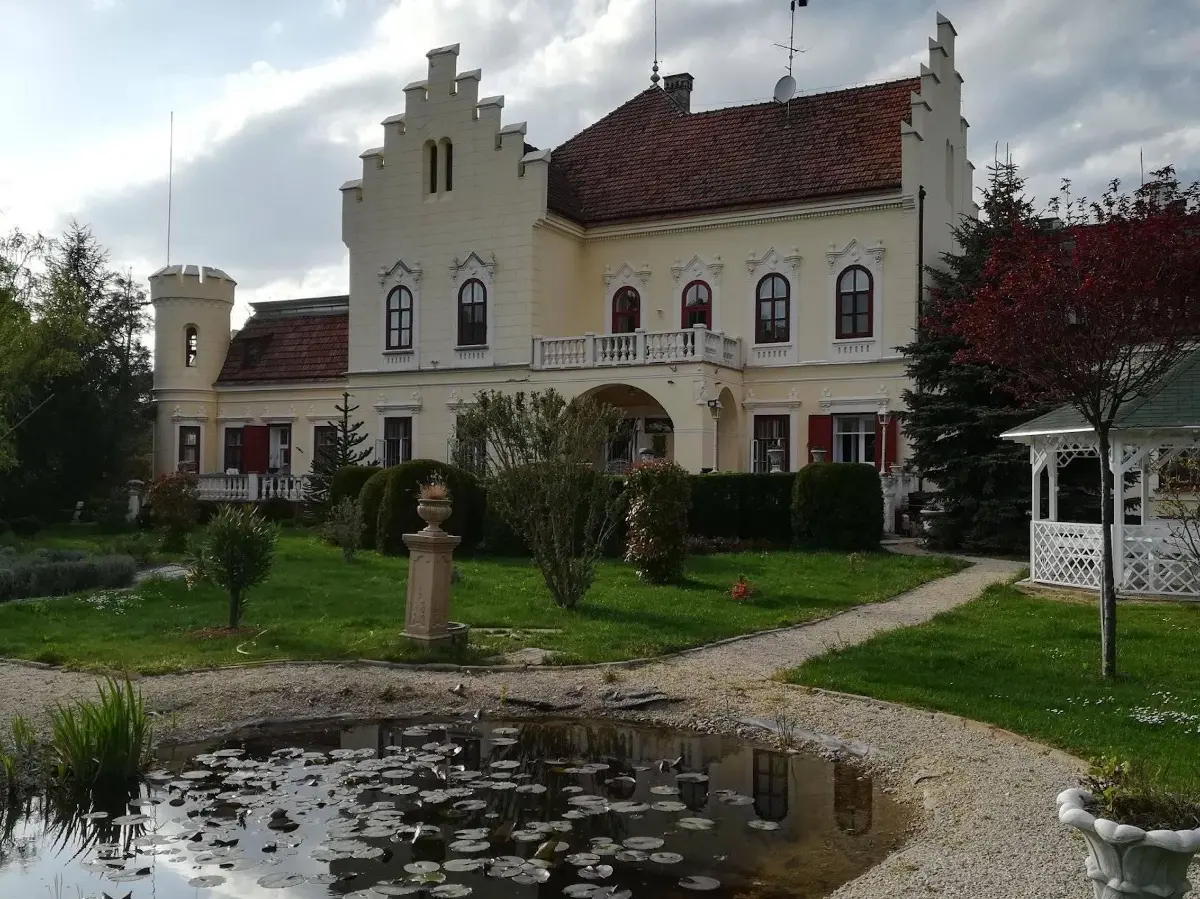
Helyszín címkék:
The history of Pokvár castle
Bóday Csilla
Tét
The city has been inhabited since the Stone Age, it was a significant settlement throughout the ages. It was a Roman veterans’ villa, considered as an important watchtower during the conquest, and the Pechenegs also inhabited it in the 11th century. In 1269 Béla IV bestowed the area on The Poky family of Pók and Mérges. On the area of Tét, the family then founded a monastery in honour of Martyr St. Stephen. The monastery was built on a hillside known today as Pok Castle, although there was never a castle on this hill, just a monastery. Károly Kisfaludy, Gábor Faludy, Endre Horváth Pázmándi and József Téti Takács were also born in Tét, who were excellent writers of the Reformation and founding members of the Hungarian Academy of Sciences.
The history of Pokvár castle
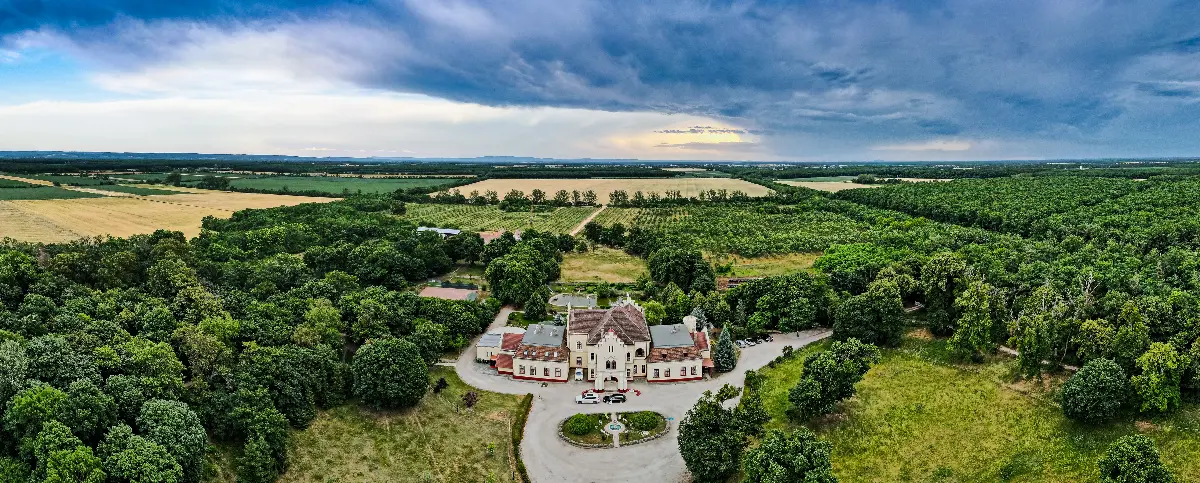
In the 13th century the monastery was built on the hillside of Pokvár, later the construction of the mansion established the structure of Tét, the living environment of the nobility was created.
But where does the name Pokvár come from?
General Móric Pok helped the Hungarian king, Béla IV in the fight with Tatar armies, once he saved the king’s life, he killed a warrior who was threatening the king. Móric, who became the king's confidant and treasurer, received this estate as a gift for his noble and courageous deed. He also had two monasteries built, one in Mórichida and one here. The building, protected by stone walls, was named Pokvár by the people after Móric Pok, the builder. The Pok family became extinct in the 17th century, the last known Pok was the captain of Countess Erzsébet Báthory. The Turkish armies that occupied Hungary also demolished the Pok monastery, and later the people living here carried the ruins away. Today, nothing is left of the monastery, it was supposedly in the field opposite the house. However, in the nearby village of Mórichida there is also a church founded by Móric Pok, the church of St. James the Apostle in the style of transition from Roman to Gothic.
After the Turkish rule, land was bought in the almost completely uninhabited area by Antal Bay, an owner who moved here from north-eastern Hungary and became the deputy lord of Győr county. After his death, his sons built this castle. The new castle was built in 1904-1905. Unfortunately, it could not shine in its original light for a long time, due to the marriage of one of Bay's daughters, the castle became the property of the Halászy family, who abandoned it during the Second World War, fleeing from Soviet troops. First the Germans, then the Russians occupied the castle and it was brought under government management. It was used as a Russian and then a Hungarian military hospital, from 1965 it was an army storage facility. Eventually an Austrian investor bought the ruined castle, renovated it and ran an equestrian pension here. The castle was renovated to the most modern standards and has been continuously improved since then. It is surrounded by 30 acres of forest and arable land and it is located in the middle of a six-acre park. The current owner tries to preserve it as part of the Hungarian national heritage in order to allow future generations to see how our ancestors lived during the Austria-Hungarian Monarchy.
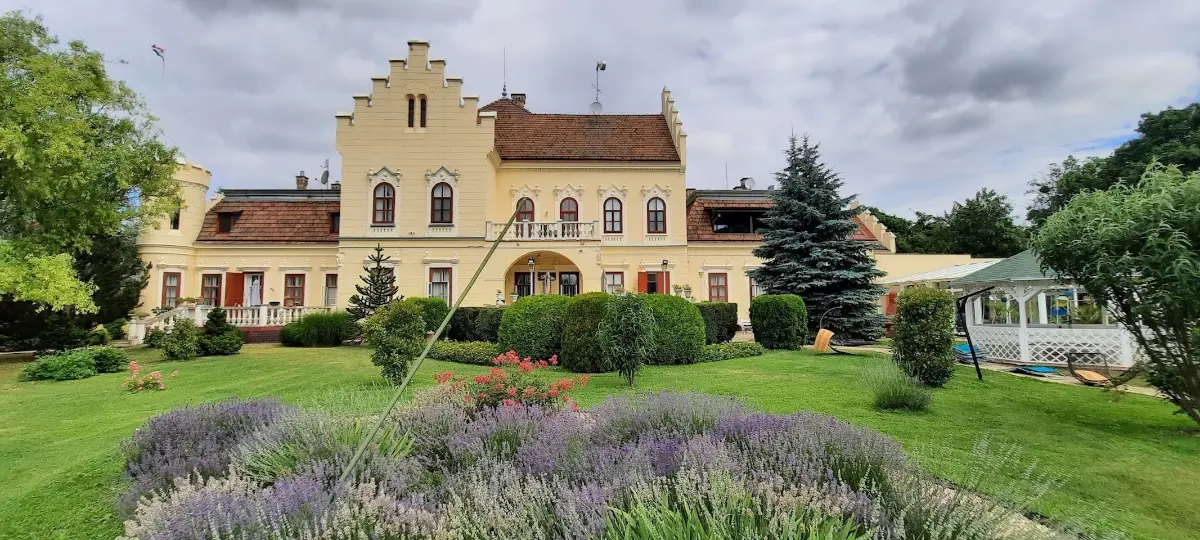
The castle hotel pampers you in true aristocratic style
The special 110-year-old country manor is located in a quiet place in a large park, and a small fishpond has been created in the park. The building offers eleven totally separate guest rooms. A huge hall, a ballroom and a cinema room, a library, a dining room, a cigar room and a card room are available to guests. On the outdoor terrace there is a BBQ grill. You will not be bored here, billiards, table football, a tennis court, basketball backboards, mini golf, several bicycles, fitness equipment, children’s toys and swings provide entertainment. There is also a separate wellness area with an indoor pool, three saunas (Finnish, infrared, steam) and you can also try the jacuzzi. There is no reception in the building, it must be taken into account when booking that guests are staying alone in the castle hotel, and they may find this a unique accommodation policy.

